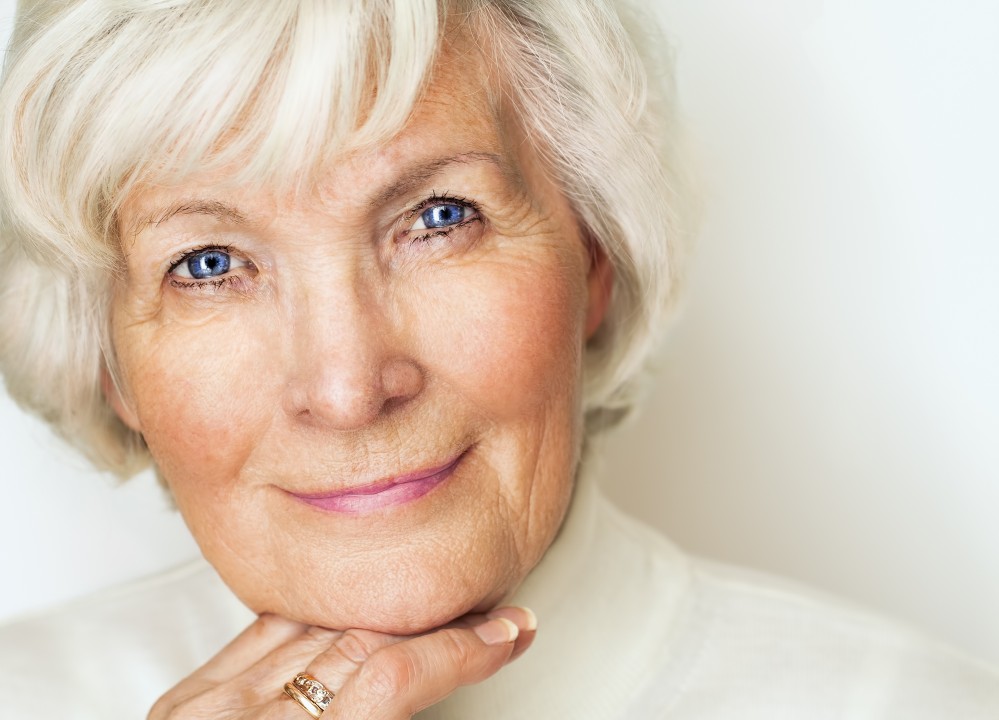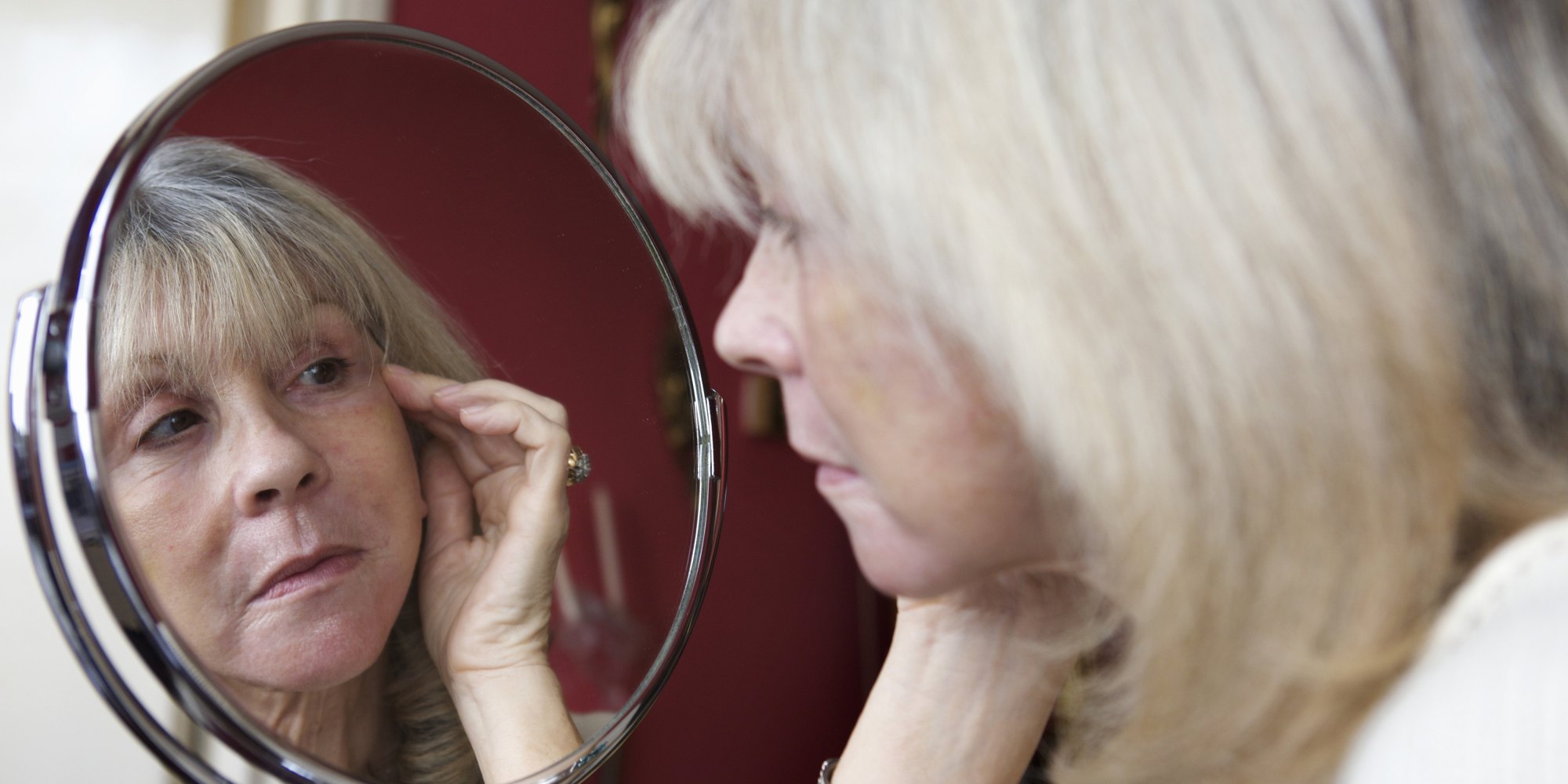How to prevent and treat bedsores
Bedsores result from pressure over time on skin in contact with another surface, such as a bed or wheelchair. Bedsores are very painful, difficult to treat and often lead to life-threatening infection in older people.
Why do people get bedsores?
The human body should be constantly moving, even whilst we are asleep. That’s why we fidget in our chairs and toss and turn in bed. When we stop moving, circulation slows down can stop in the area between the bone and the surface on which we are lying or sitting. The tissue is then deprived of oxygen and nutrients and the skin can die in less than a day, or over several weeks.
Where do bedsores tend to form?
Older people are at much greater risk from bedsores. Skin is thinner and more vulnerable and therefore tears more easily. Even moving an older person from the bed into a chair can cause one. Bedsores usually occur in the areas without much muscle or fat, especially on protruding bones. Such as the bottom of the spine (coccyx), shoulder blades, hips, heels and elbows.
Bedsores can also occur in people with arthritis or who have limited movement. Diabetics and paraplegics also suffer.
Bedsores initially begin with an itchy or sore patch of skin, which can feel warm and might feel spongey or possibly hard. If caught at this stage and the pressure on the area is relieved, the bedsore will normally not develop. However, if it is not caught early on, a bedsore will look blistered and sore. If it gets worse, it will eat through all the layers of skin to make a very deep wound, which means the tissue has been destroyed. At the worst stage, bedsores can destroy bone, tendons, muscles and joints and can be fatal.
How to prevent bedsores
- Move the person’s body at least every two hours in bed, or every 30 minutes in a wheelchair
- Try special beds, pillows and mattresses (foam, air, gel or water are all good options), which can help. However, this repositioning can cause its own problems.
- Support underneath the legs with a foam pad or pillow from the middle of the calf to the ankle and keep knees and ankles from touching. Try not to lie them on their hip bones
- Check regularly for first signs and act quickly
- The majority of people suffering from bedsores are in nursing homes. Ensure the staff treat the bedsore as they should and are constantly checking for new ones.
How to treat bedsores
Once got, bedsores are hard to heal, but here are the main recommendations:
- Eat plenty of fruit and vegetable or take a Vitamin C supplement to aid healing
Dark red, orange and green vegetables are especially rich in the needed nutrients, and nutritional supplements of Vitamin C and zinc can also be helpful. - Clean open sores with saltwater when you change the dressing. This helps to remove dead, damaged, or infected tissue.
- The right dressings can help speed the healing process and protect the wound. Keep surrounding skin dry and the wound moist. Transparent, semi-permeable dressings retain moisture and encourage new skin to grow.
- Infected wounds can be treated with topical antibiotics.
- Surgery is a last resort option and it can be very difficult to recover afterwards







